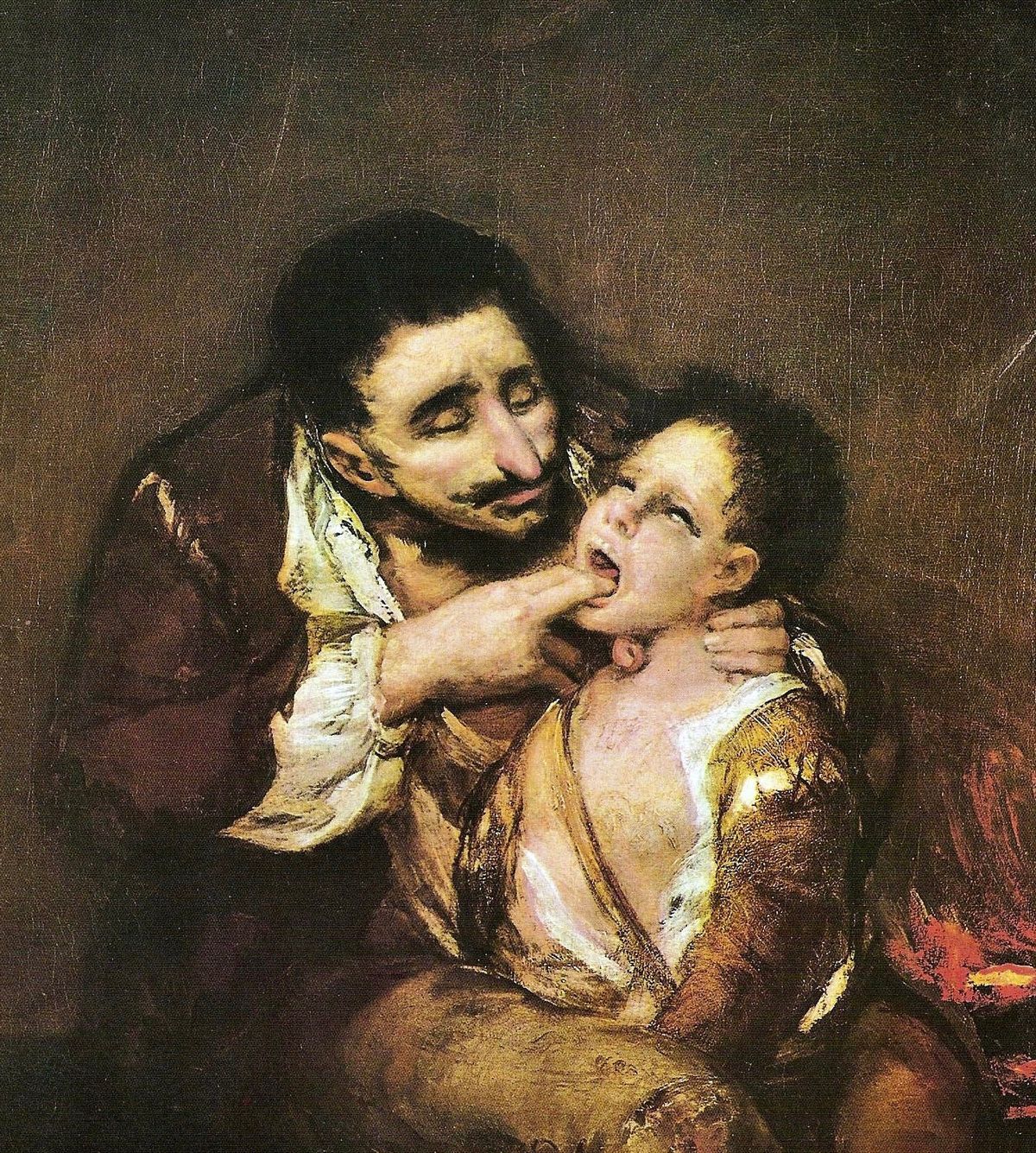I think vistani can leave and come back to the demiplane of dread. They are free to travel among the dark domains, but not to remain for a long time. They also suffer their own curse, and this forces them to a nomadic life.
The last Curse of the Strand was practically a reboot, adding some clues about a future metaplot, for example secret links between madame Eve and a "big fish". I suspect Strand von Zarovich is a monster, and worse, he rejects all opportunities to get the redemtion, but not is totally guilty. He has been victim of some supernatural conspirancy, and Illiana was the bait, but Strand fell for it totally, because then his souls was too tainted and dark. My theory is Strand von Zarovich's fate is to become a necessary evil to avoid a worse menace, like a predator what hunts plagues.
My second theory is the metaplot will continue in some material planes because dark powers can cause true troubles, for example to the world where the original Barovia is from, or that world ruled by the vampyrs. Some characters from Innistrad will become "guest artists" in Ravenloft, and maybe even someone from Eberron. I would bet two characters from the game show "Dice, camera and action", Diath and Stryx, will also suffer a cruel fate in Ravenloft. We will not see the return of the spin-off "the mask of the read death", because the XIX in the real world could be too controversial, for all those matters about colonialism. Maybe we will see a fantasy fictional counterpart, somethink like Teath in 7th Sea. This should allow more freedom, for example to add a conspirancy of döpplewangers within the calipha's harem. A spin-off of Ravenloft will be in a material plane with a level of technology of pulp, atomic or space age. This would allow to produce action-live horror movies.
We can bet Ravenloft will come back. In the beggining only some pieces of crunch and modules, but the metaplot will be frozen for a lot of time.
* The
picaresque novel may be a source of inspiration for players for their criminal guilds or rogue PCs. Lots of tropes could appear in D&D adventures set in urban enviroments. Can D&D creators to use elements and tropes from the picaresque novels or will they be reported for promoting the Hispanophobia? Authors can use Spanish people as villains in their stories, but you can't show always Spanish characters as evil or stupid people. Then it would be Hispanophobia. I guess about Vistani and gypsies can be used in your gothic horror stories, but if you show examples of good and evil individuals. You have to remember the true origin of the Rom people is a low social status in the India, in very hard times, and they you can't allow yourself to be too honest or trusting. Then everybody tricked each other when they could. And the distrust has been mutual among all the sides until the recent times. Only in the last decades some things have started to change. How to explain with other example? You can write stories aboug the mafia, but you can't show all Italian characters as criminals or people without enough culture. You can produce a movie of martial arts, or a videogame, where the main antagonist is an Asian, but you can't show all the Asian characters with the same tropes. Then the second would be wrong.
Picaresque is a genre of usually satiric prose fiction originating in Spain and depicting in realistic, often humorous detail the adventures of a roguish hero of low social degree living by his or her wits in a corrupt society. A traditional …

tvtropes.org

